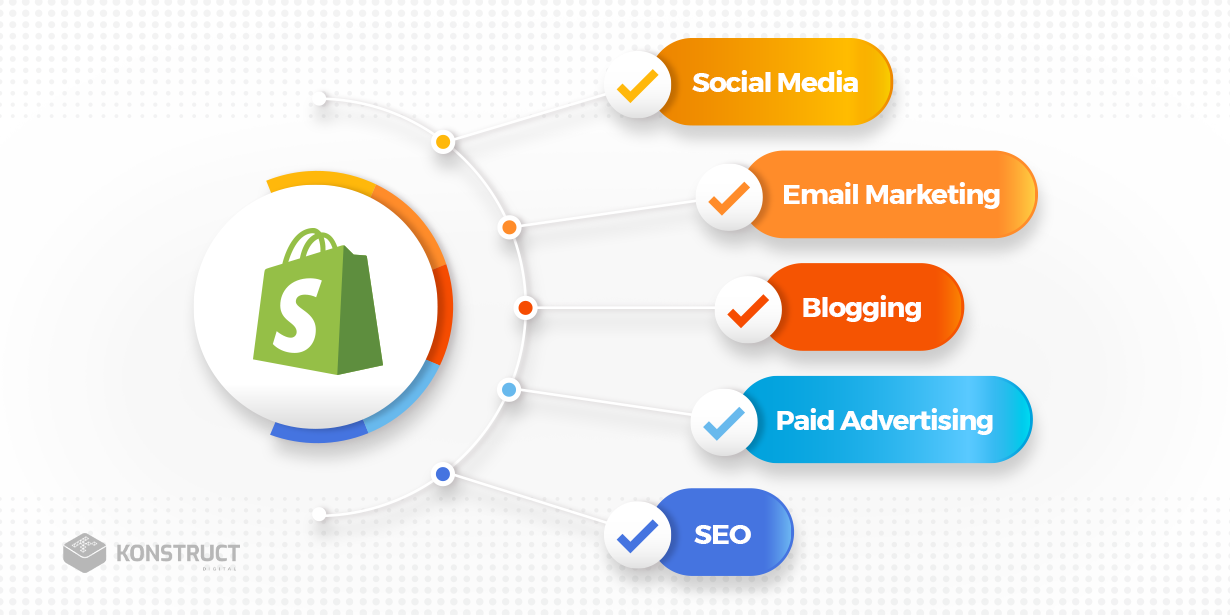
This article will help you get started with creating a content-calendar. We'll cover the various formats and platforms as well as permissions. Next we'll discuss the details behind creating your content calendar. By the time you've finished reading this article, you'll be well on your way to becoming a content creation pro. Here are five steps for creating a content plan that is right to your company.
A content calendar
When creating a content schedule, it is important to include information about the type and form of content you plan to publish. A content calendar can be used to blog, social media posts or emails to customers. A content calendar helps you stay organized. You can quickly recall what type of content you should publish and when. It's also possible to add important dates throughout the year such as the launch date for a new product.
Formats
Content calendars are necessary for all types of businesses, from startups to established brands. They help you keep track of content and track engagement. Content calendars allow you to keep things new and exciting for your audience. These calendars are great for both your marketing team and your coworkers. Below are some formats for creating a content calendar. There are many formats you can use. A content calendar can be created by defining your content marketing strategy.

Platforms
The right platform will allow you to easily create and share a content calendar. A content calendar is a task that requires planning and must be integrated into your overall schedule. You can make it accessible to others so that they can add comments and ideas. Lastly, it should be easy to update and change as you go. A content calendar platform has many benefits, but it is important that you choose one that suits your needs.
Permissions
A content calendar should be mapped to all those who will need to work together on the project. You should also determine who should have access to the calendar, and whether it should be private or shared. Collaboration will be possible with a good calendar. They can add comments, files, and notes to the calendar. Once you've determined who has access to what content, you can make content calendars that can be accessed by everyone. Here are some tips to make your content calendar a success.
Automating it
If you want to be more effective at managing your content creation and distribution processes, automating a content calendar is the way to go. This tool is especially useful for multiple teams that have their own interests, needs and resources. Automating a calendar lets you share all information with team members and allows you to manage your entire content workflow from a single platform. From one central location, you can automate publishing content to social media, email marketing, or regular blog cadence.

FAQ
What is the difference between content marketing and traditional advertising?
While traditional advertising focuses on getting attention and content marketing on providing value, it is not as effective. Traditional advertising is often a waste, as most people overlook it. Content marketing will result in much higher engagement rates.
Are you a content marketer?
Absolutely! Content Marketing works well for any type of business. No matter whether you sell products, provide support or offer training, creating content can help customers get to know your company better and keep them in touch.
How many hours per semaine should I dedicate to content marketing
It depends on the situation. There may not be a need for content marketing. However, if you want to drive traffic to your site you will likely need to dedicate at least one hour per day.
Statistics
- Out of the 1,500 marketers we surveyed for our State of Content Marketing report, 78% who felt their content marketing strategy was exceptionally effective in 2021 had documented their strategy. (semrush.com)
- According to research compiled by Coschedule: Companies that publish 16+ blog posts a month get as much as 3.5x as much traffic as those that publish 0-4 posts a month. (criteo.com)
- Content marketing produces 3X more leads per dollar spent. Content marketing costs 62% less than traditional marketing. (criteo.com)
- According to the Content Marketing Institute, 70% of B2B marketers and 86% of B2C marketers surveyed use content marketing in some form or other. (criteo.com)
- Measure your goals with a progress indicator of 0-100%. Make your goals collaborative and transparent (semrush.com)
- Progress indicators (0–100%) allow each team member to see how attainable each goal is and understand what remains to be accomplished. (semrush.com)
- Forty-seven percent of buyers view 3 to 5 pieces of content before engaging with a sales representative. (mailchimp.com)
- This marketing strategy landed Ford a 15.4% conversion rate. (neilpatel.com)
External Links
How To
Which are the most effective content marketing platforms?
There is no one platform that works across all industries. However, most industries will have at least one preferred tool. Hubspot, for example, has been shown to increase conversion rates by nearly 50%. This is why it is so popular among marketers.
But not all tools are created equal. Some offer better analytics tracking, others allow for easier collaboration between different teams, and others offer features such as A/B testing that may improve your content marketing ROI.
Before you decide on a platform, think about the following: What are their pros and cons? It will meet my current needs? And what about in 2 years?
Here are the top 5 content marketing platforms according to Entrepreneur Magazine.
Content Marketing Platform #1: Marketo Content Studio
Marketo is an enterprise social media management software provider. It offers a full range of services and products, including CRM software as well as social publishing tools and dashboards.
They also offer a content studio that gives businesses access to a library of pre-made templates and graphics that can be modified into customized designs.
This means that you don’t need to spend hours writing content or designing graphics. Instead, focus on creating content that is relevant to your audience.
Marketo makes it easy to include images and videos in your blog posts. This allows you to make your posts visually appealing and increase engagement with your readers.
Marketo won't allow you to edit your image or video files.
Content Marketing Platform#2: Trello
Trello can be compared to Kanban boards for project management. Both feature task lists that users can assign to each other and track progress.
Trello allows team members to create their own boards and assign them specific responsibilities. Trello allows workers to easily share information.
Trello does not require special software to operate, unlike Kanban boards. You can use it on practically any device.
Trello also allows you to invite people to collaborate without sharing any sensitive data.
This means that you can create a private Board and share only the most important details with those who need it to complete a task.
Content Marketing Platform 3: Google Suite
Google offers a range of products tailored to business owners. Google's G Suite offers Google Docs and Sheets as well as Slides and Slides.
These applications aren’t free. Each user will be charged separately. However, if you are planning to use them all for different purposes, several plans start at $5 a month.
Two licenses are required to be able to create and embed links from other websites.
However, if only one document is needed, you will be able to create it free of charge.
Google tools can be integrated with other apps such as Gmail. This is a huge advantage. Google tools allow you to easily email documents and save data in Google Drive.
Hubspot Content Marketing Platform 4.
HubSpot is an extremely popular web-based marketing tool, which offers a variety of functionality.
Through its platform, users can manage different aspects of their websites, landing page, and blogs. They can, for example, create automated emails to track conversions.
HubSpot integrates with Salesforce and WordPress so that you can connect all three.
HubSpot integrates easily with over 200 other third-party software applications. This allows you to automate your processes and generate reports based off real-time information.
Although HubSpot won't allow you to publish content directly, you can export it in many formats, including HTML and PDF.
HubSpot offers a free trial version when it comes to pricing. You get unlimited access to all content once you upgrade to a paid account.
So whether you are looking for a blog platform, an eCommerce solution, or anything else, try out HubSpot today.